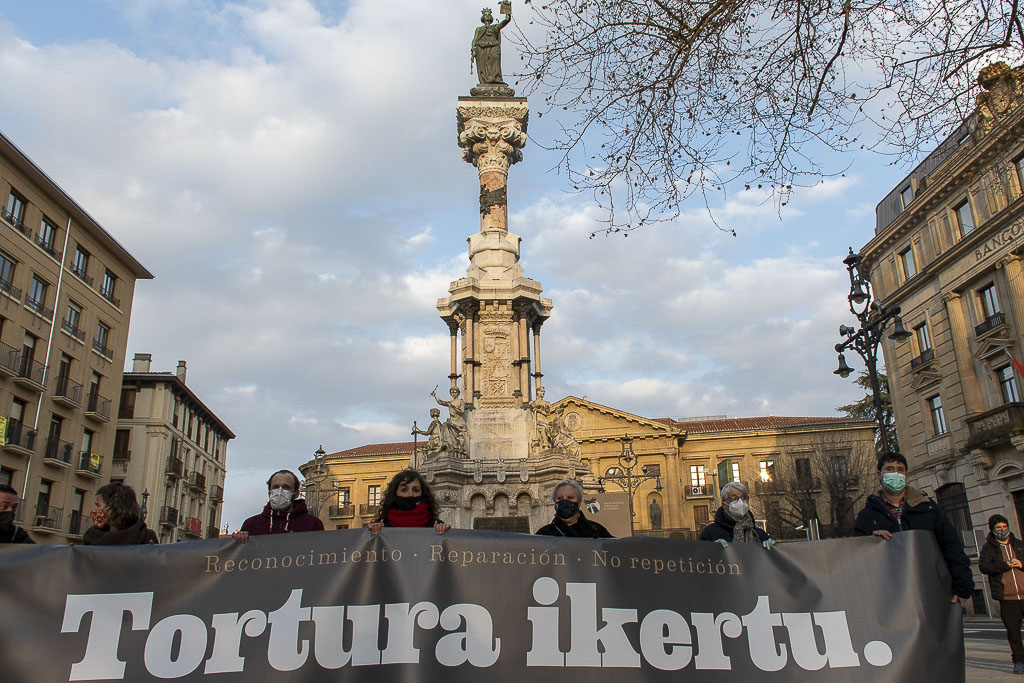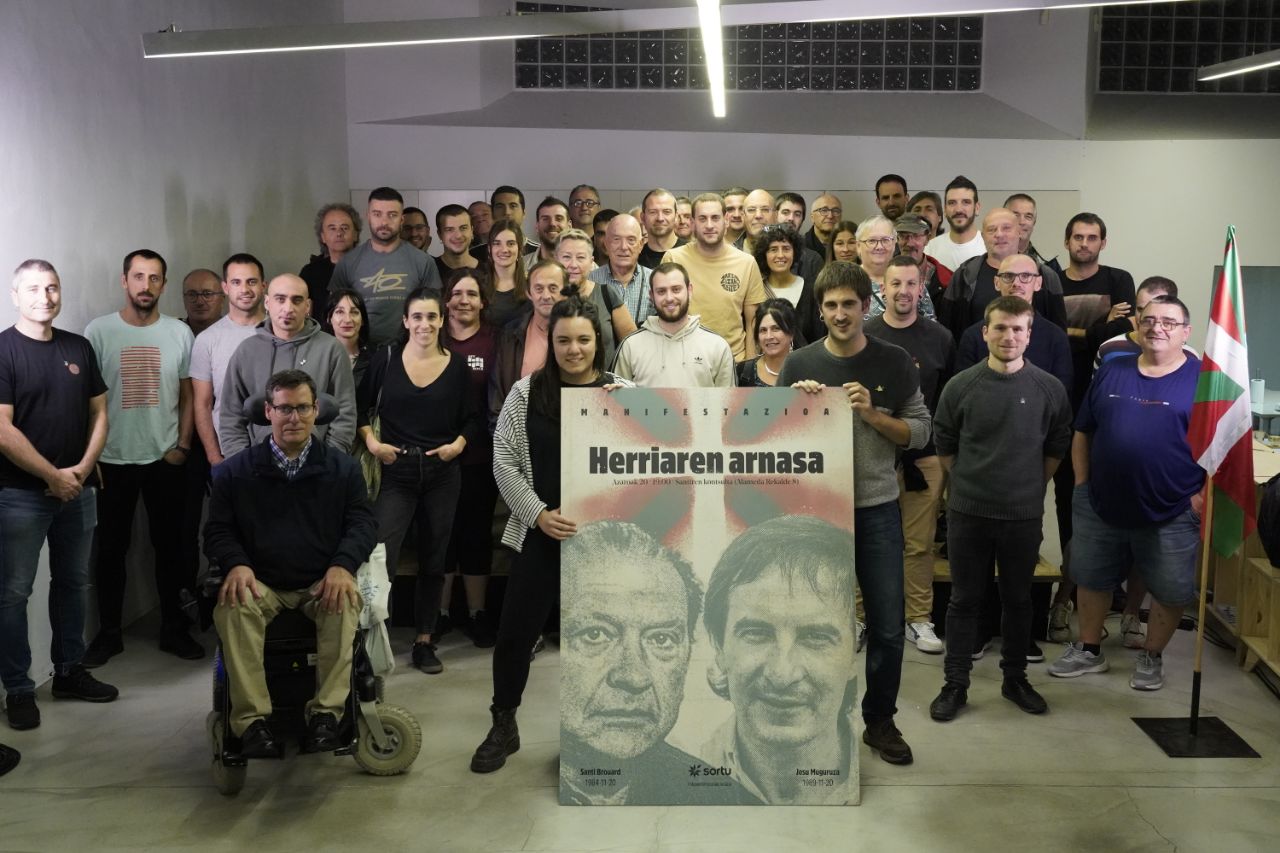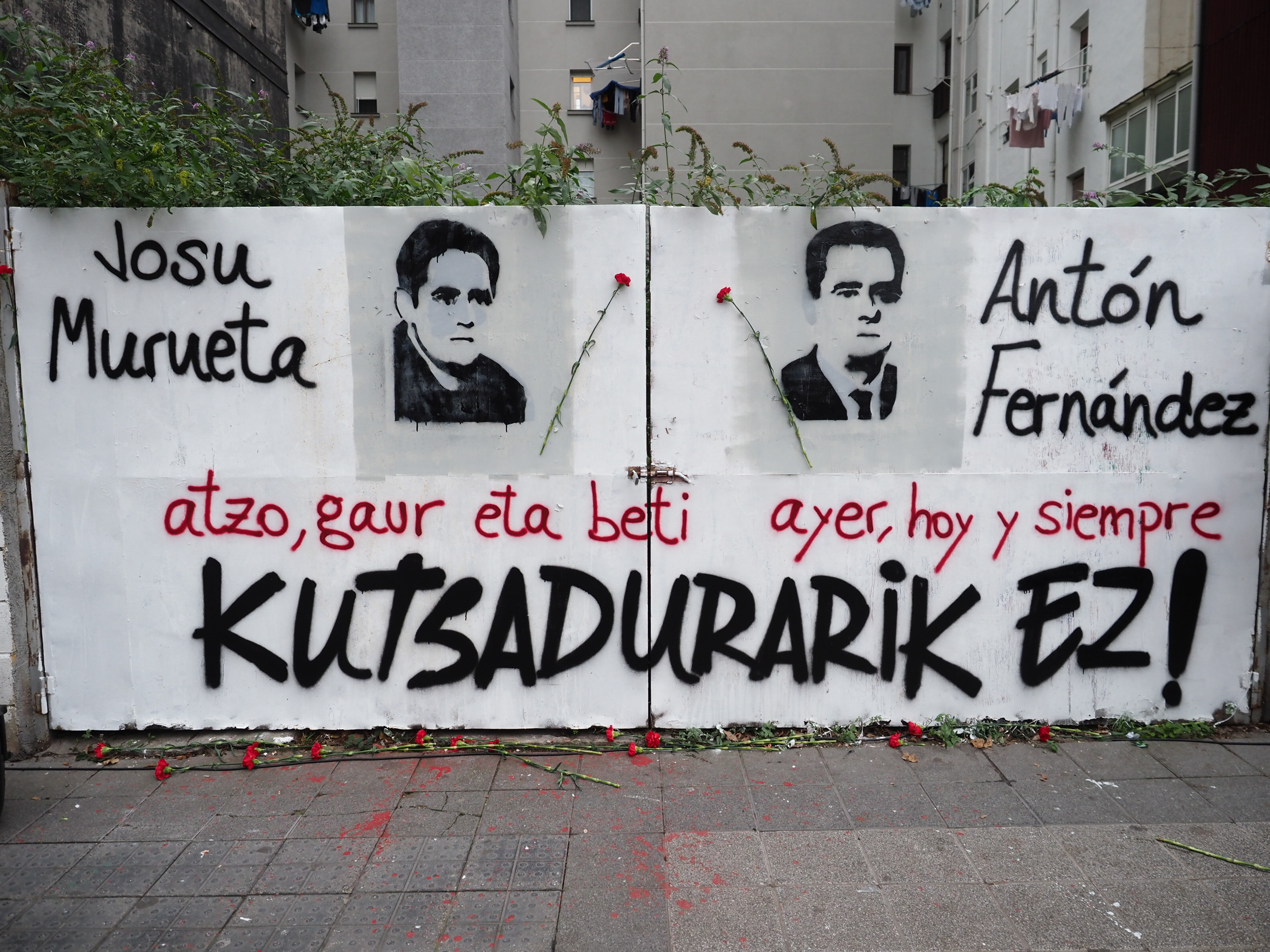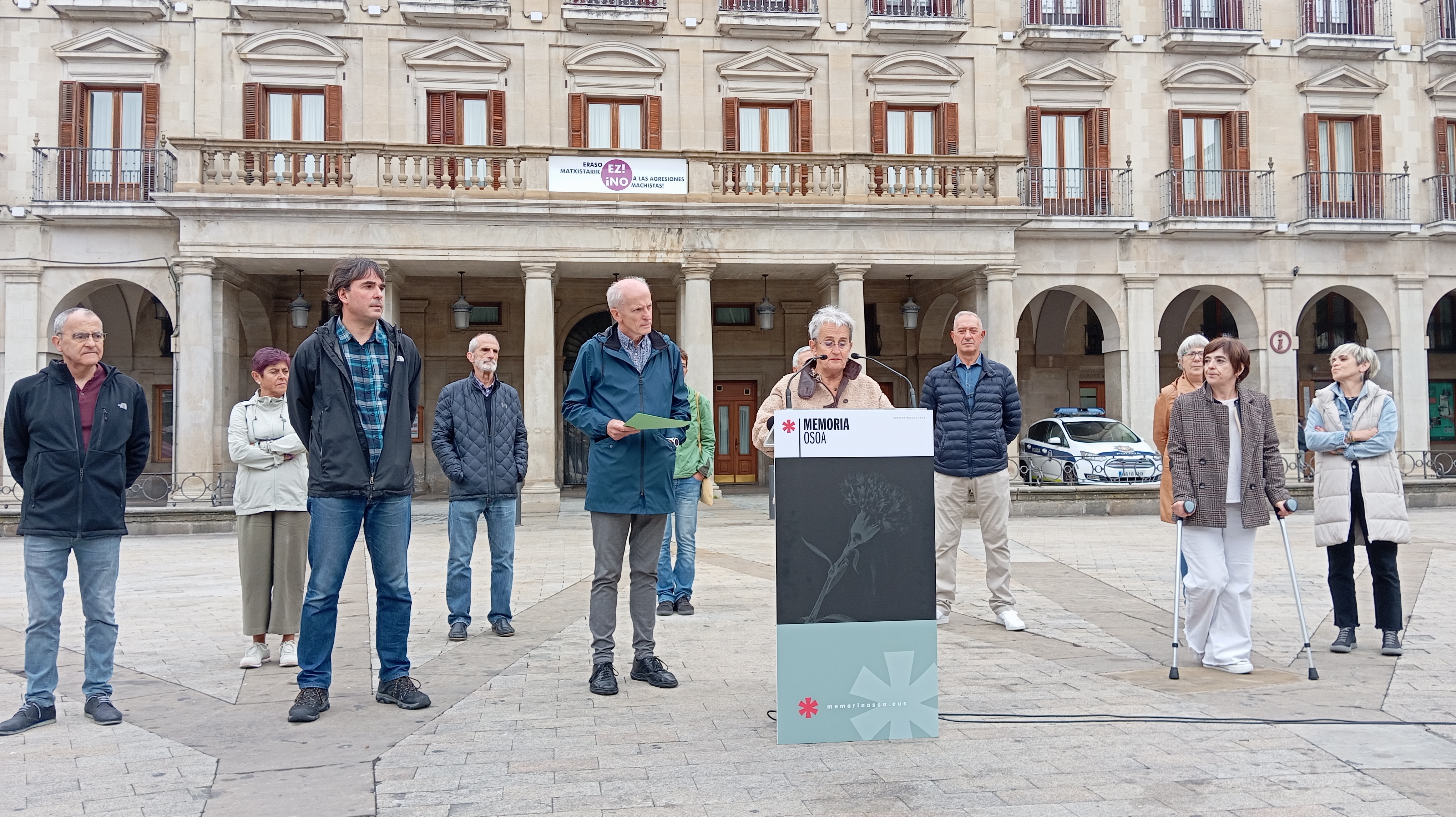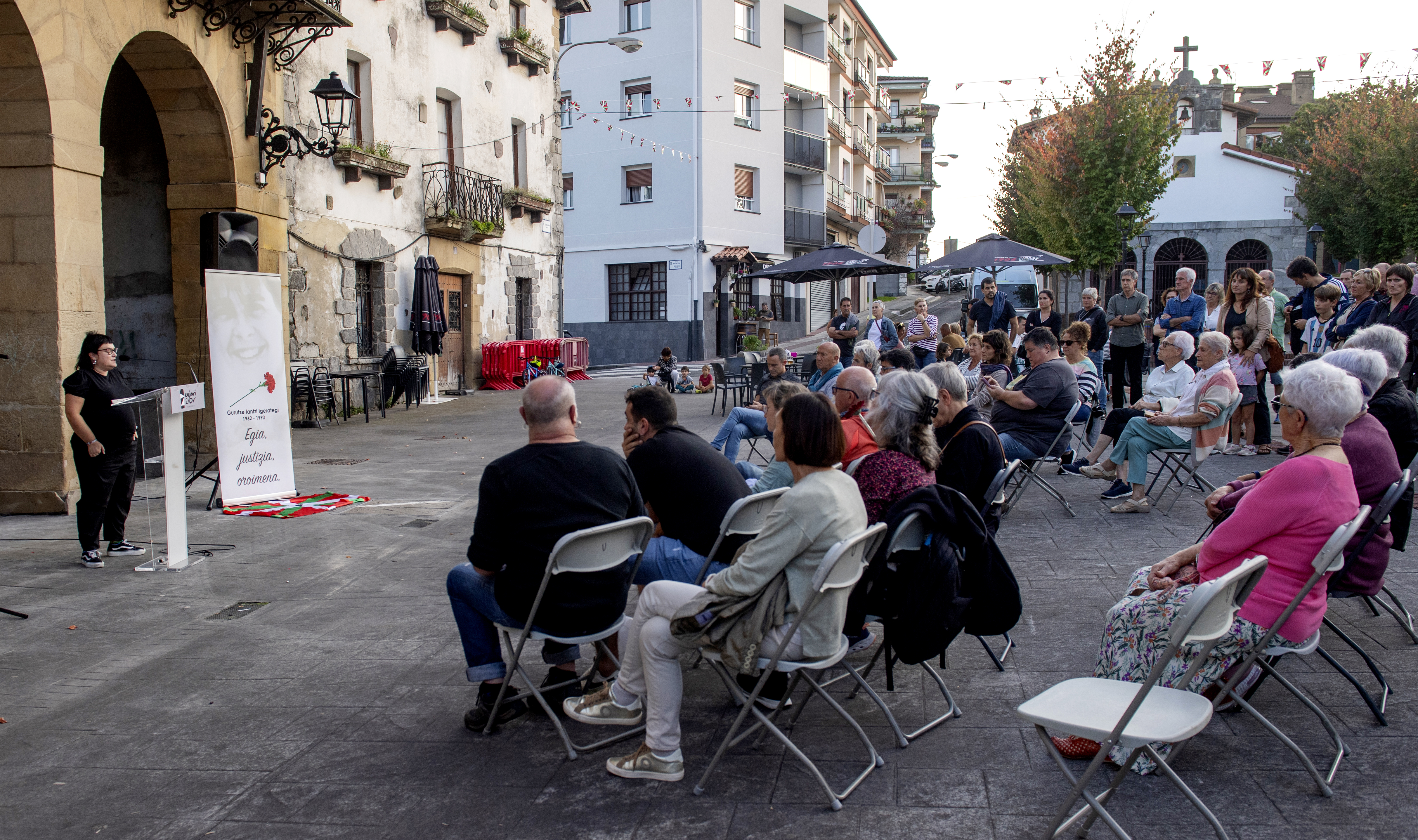The Government of Navarra recognizes the first twelve victims of the state or extreme right groups
- The Government of Navarre has made the first twelve statements of victims of politically motivated acts by far-right groups and public officials. A further sixty dossiers are under consideration.

The report of the Government of Navarre and the Department of Coexistence, Foreign Action and the Basque Country, chaired by Councillor Ana Ollo, have taken note of the decision and, although its name has not yet been communicated, it has become apparent that Mikel Zabascene and Mikel Arrangi are among them.
Orbaizetarra Mikel Zabraise was arrested in 1985 by the Civil Guard in San Sebastian and 20 days later appeared dead in the Bidasoa. According to all the unofficial studies carried out, Zabraise was killed by the Civil Guard during her torture at the Intxaurrondo headquarters and subsequently expelled her body to the Bidasoa River.
The situation is curious, because the official version still says that Zabraise fled while searching for an ETA hole and found him dead in the Bidasoa. For its part, the Commission on Recognition and Reparation, which has dealt with the recognition of the Foral Government, has rejected this version and acknowledges that Zabraise was killed in police units. There are therefore two official versions of the Spanish Government and the Civil Guard and the Government of Navarra.
The other well-known recognition is that of Mikel Arrangi, who was shot in control by the Civil Guard who died in Lakuntza in 1979. HB Councilor at the City Hall of Lakuntza. In this ARGIA interview, his sister Txaro remembered three years ago how those days lived 40 years.
Victims from 1969 to 1994
Among the other recognized victims are four others who died in the 1978 incidents, three deaths from firearms by the Spanish Police and the fourth “after suffering serious damage from excessive or incorrect use of riot control material in a police load”. The Government ' s press release states that " four others who suffered physical and psychological violence in detention and two other injuries in the attacks proclaimed by extreme right-wing groups must be added to them. "
From a gender perspective, two out of twelve victims are women. Chronologically, these twelve cases range from 1969 to 1994 and, with one exception, occurred in Navarra. In this first phase, four cases have been rejected by the Committee on Recognition and Reparation.
The Commission responsible for the study consists of the Director of Memory and Coexistence, the Director of the Navarro Institute of Memory, two forensic experts and a psychologist with experience in the matter of victims, appointed by the Navarro Institute of Legal Medicine, and four experts in the academic and social field, on the proposal of the Parliament of Navarra.
Difficulties in accessing recognition
This recognition is based on Foral Law 16/2019, which channels the issue of victims of political motivation, but it has not been easy. The precursor of this law was the Foral Law of 2015, but it was declared unconstitutional by the Spanish Constitutional Court, which considered that the law granting the commission the power to investigate and resolve justice only when it could be exercised by justice institutions.
Navarre already has a EUR 1 million allocated by the Government to assist recognised victims. In addition, it will have to be seen whether these recognitions bring movement on the part of the Government of Spain, since some of these victims were caused by their officials, and also by the police nature of the extreme right groups.
Nafarroako Gobernuak ofizialki aitortu ditu gure lurraldean giza eskubideen urraketa larriak jasan zituzten Estatuaren indarkeriaren beste zazpi biktima. Horien artean, hitzez hitz “motibazio politikoko biktima gisa” aitortzen ditu Patxi Erdozain, Eneko Compains,... [+]
2008an Fernando Grande Marlaska epailearen aginduz atxilotu zutenean Ibai Azkonak pairatu zituen torturak aitortu ditu Nafarroako Gobernuak. Euskalerria Irratian, pauso honek suposatzen duena azaldu du Azkonak.










